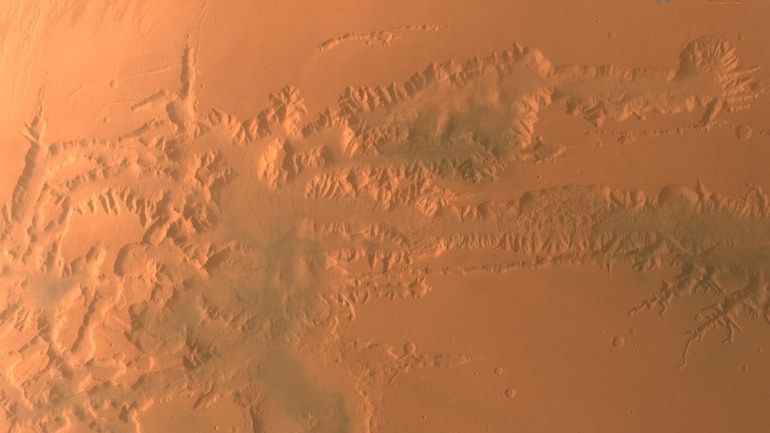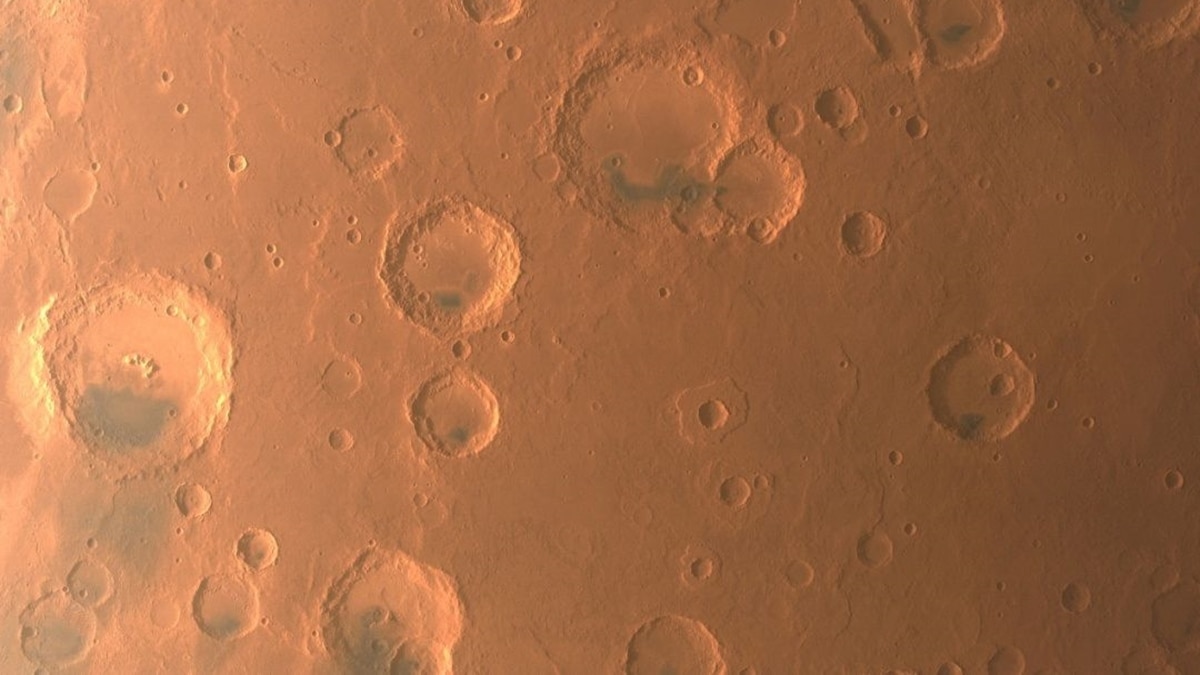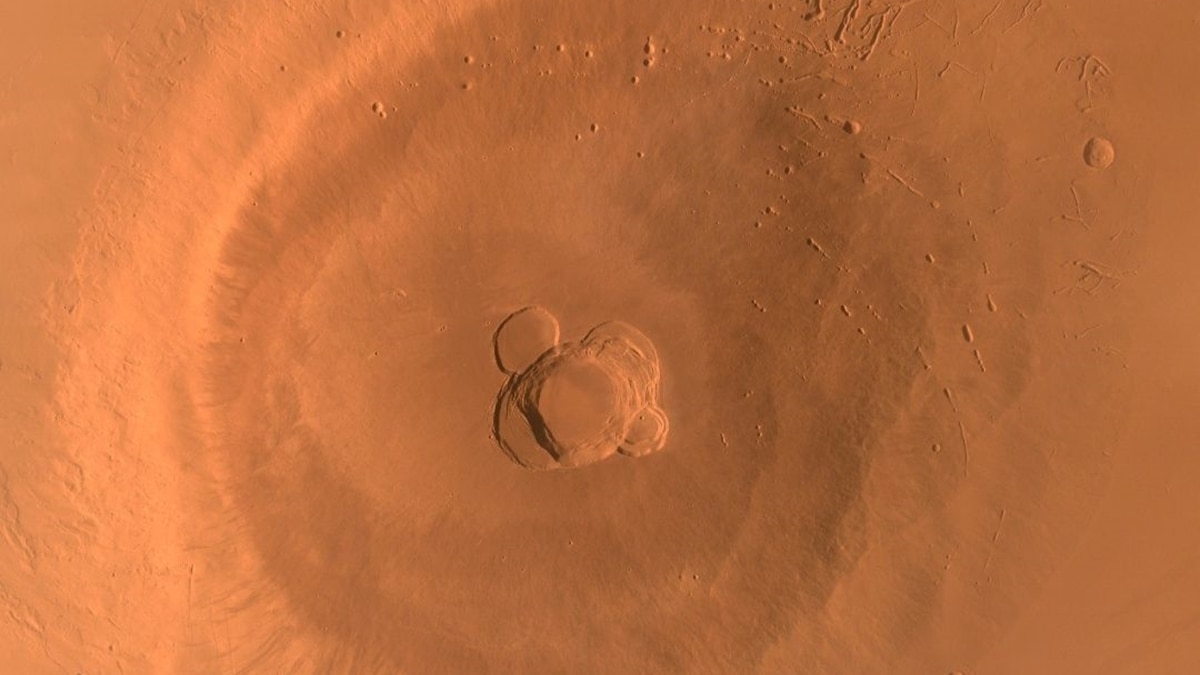Chinese probe successfully maps entire Mars, sends stunning pictures
China's Tianwen-1 orbiter has mapped the entire of Mars, including the planet's South Pole. The spacecraft conducted 1300 revolutions of the Red Planet to image entire planet.
India Today Web Desk
New Delhi
June 29, 2022
An image of Mars taken by China's Tianwen-1 unmanned probe is seen in this handout image released by China National Space Administration (CNSA). (Photo: CNSA)
After reaching Martian orbit, China's Tianwen-1 mission reached a major milestone and successfully mapped the entire planet. The spacecraft has captured images ranging from Mars' poles to the surface features, canyons, and craters after circling the planet over 1,300 times in a space of just over a year.
The spacecraft was successfully inserted into an orbit around Mars in February 2021 in China's maiden attempt at an interplanetary mission. Chinese scientists not only succeeded in entering Martian orbit in the first attempt, but also landed a rover on the Red Planet and moved around.
Among the images taken from space were China's first photographs of the Martian south pole, where almost all of the planet's water resources are locked. In 2018, an orbiting probe operated by the European Space Agency discovered water under the ice of the planet's south pole.
An image of Mars taken by China's Tianwen-1 unmanned probe shows cratered surface. (Photo: CNSA)
Other Tianwen-1 images include photographs of the 4,000-kilometre (2,485-mile) long canyon Valles Marineris, and impact craters of highlands in the north of Mars known as Arabia Terra. According to details released by the Chinese space agency, the orbiter has also beamed back high-resolution imagery of the edge of the vast Maunder crater, as well as a top-down view of the 18,000-metre (59,055-foot) Ascraeus Mons, a large shield volcano first detected by NASA's Mariner 9 spacecraft more than five decades ago.
The orbiter has been circling the planet thrice every Martian day or Sol while relaying communication between Earth and the Zhurong rover on the ground. Chinese engineers had in November 2021 revved up the speed of the orbiter by 78 meters per second shifting the orbit time around the planet to begin the mapping campaign.
Before the change of orbit, the orbiter was mainly responsible for the relay communication function of the Zhurong rover. The remote sensing mission will help China develop a comprehensive topographic model of the Red Planet as the search for life continues on the surface.
An image of Mars taken by China's Tianwen-1 unmanned probe. (Photo: CNSA)
While the orbiter is flying above the planet, the Zhurong rover is in the large plain area within the largest known impact basin in the solar system. The 240-kilogram robot is the core component of the Tianwen-1 mission. It is the sixth rover to move on the Martian surface after five from the United States.
China's Tianwen-1 orbiter has mapped the entire of Mars, including the planet's South Pole. The spacecraft conducted 1300 revolutions of the Red Planet to image entire planet.

www.indiatoday.in















